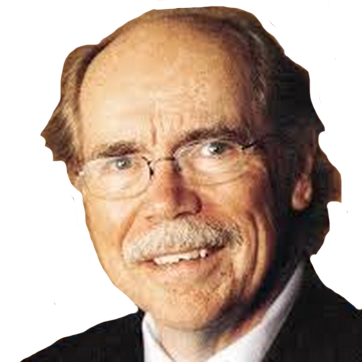
Dave Kindred
Interviewed by Kyle Stackpole in 2015
I was a baseball player.
I played baseball from the time I was eight, nine years olds. I played ball through college at Illinois Wesleyan. I played basketball through high school. So I was always involved in sports.
And I loved reading, loved writing and was writing for the high school newspaper, and then wrote for the college newspaper. I went to Illinois Wesleyan on a journalism scholarship that paid half the tuition, and I worked at the local newspaper for the other half, the local newspaper being the Bloomington Illinois Daily Pantagraph.
I worked there for the four years of college and then two years after before I started moving around.
I was always wanted to be a sports columnist, always wanted to be Red Smith. I read Smith’s stuff in local papers and in the Chicago papers.
Every Sunday morning, I’d go to the train station and pick up the Chicago papers. So I studied them through high school. I wanted to be Red Smith. That was my ambition from the time I was 15 years old.
***
I just knew that from reading newspapers, it sounded like a fun thing to do. Again, dealing with Red Smith, reading his stuff, sounded like he was always at the major sports events.
He was having fun and those major sports events. It was much more a kind of literary writing than it was any game reports. It was always more the flavor and the texture of the event than anything else. So that’s what I wanted to do.
I read everything I could read, various sports books. My mother bought me a typewriter when I was 15. I still remember sitting at the kitchen table waiting to see what I would write because I wanted to make sure that whatever I wrote on that typewriter, I’d remember forever.
And the first words I wrote were, “Stanley Frank Musial,” who at that time was great star of the St. Louis Cardinals and my hero in baseball because we grew up in central Illinois, where everybody was either a Cubs fan or a Cardinals fan.
I was a Cardinals fan because at night, I could listen to the Cardinals on the radio. Harry Caray was the broadcaster. He made the games exciting, made the games dramatic.
Of course, as a kid, you want to be a major league baseball player, and I wanted to be a major league baseball player until the first time I saw a 90 mile-an-hour fastball. And then I decided I should be a major league baseball writer because I wasn’t going to hit that fastball.
So I always dreamed big about being in sportswriting. It was much more the writing part of it than anything else. I was never a fan really. I was a fan of writing, I was a fan of journalism, I was a fan of reporting. I was a curious kid — I wanted to know why things happened — so it was always a question of searching out the why, literally the five w’s and that always fascinated me.
My high school English teacher advised me that it was silly to be a sportswriter, and she said, “Maybe one day you can grow up and be a foreign correspondent.” Well, I didn’t want to be a foreign correspondent, but then it turned out I literally wrote my way around the world as a sportswriter, so that was good.
***
We wrote an essay [for the journalism scholarship]. I don’t remember what the essay was about. In fact I tried to find that essay years later — the Pantagraph of course no longer had it. I never had a copy of it. All I remember about it was that I wrote that I was curious.
And I thought that curiosity was a great thing for a journalist, and I certainly had that. I wanted to know how things worked, why they worked and certainly wanted to know. At that time, the high school English teacher told me to write about what you know.
And when you’re 15 or 16 years old, in my case at least, the only thing I really knew was sports. I knew everything about baseball, and so I wanted to be a major league baseball writer.
When I got in to the big time of sports journalism, I decided I didn’t want to be a major league baseball writer because that’s like the hardest job there it. I wanted to be a columnist. I wanted to be able to say what I thought about things. I wanted to be able to use the language the way that Red Smith used it. I wanted to be free from the bondage, really, of reporting the X’s and O’s and the play-by-play of games.
I liked the romance of the games, I liked the craft of the game much better than I liked the play-by-play. I wanted to be a columnist to be free to say what I wanted to say the way I wanted to say it. That was the only job I was really interested in. I was lucky enough to make happen when I was 28 years old. I became a columnist at the Louisville-Courier Journal in Louisville, Kentucky in 1969.
***
From ’59 – ’63 while I was in college, I worked for the Daily Pantagraph, basically a full timer. Still the hardest job that I ever did in journalism was working the desk — one-man desk — at a 50,000-circulation newspaper Tuesday and Friday nights, high school basketball nights. I was the one-man band.
I did that for four years during college. Then two years out of college, I stayed at the Pantagraph. I applied for various jobs across the country. I was hired in December of 1965 by the Louisville Courier-Journal and Times. It was the morning and afternoon paper in Louisville, Kentucky. At that time, considered one of the top-10 newspapers in the country. And for two years, I was kind of a general assignment guy and did features, did golf.
And then in ’69, so it was three years, I became a columnist on the Louisville Times, which was the afternoon paper. And then in 1972, I became the columnist on the Courier-Journal, which was the morning paper. In ’77, I moved to The Washington Post. In ’84, I moved to the Atlanta Journal Constitution. In ’89, I went to The National. The National folded in ’91, and I worked for the Sporting News then. In ’95, I went back to the Atlanta paper and worked through ’97.
And that was the end of my work at newspapers. I continued to write for The Sporting News, and I was also, by then, on staff at Golf Digest magazine as a senior writer. I’ve written for websites, Sports on Earth, and just do various kind of freelance things now, but have done books in the meantime along with that stuff.
***
I thought doing books was a more rigorous exercise than daily journalism. It required more preparation, more thought, more reporting, different kind of writing, a different pace of writing, basically testing the boundaries of what I could do.
So I did a book — when I said literally around the world —Tom Callahan, a buddy of mine, and I, when we both worked at Golf Digest, literally went around the world playing golf.
We did a book called, “Around the World in Eighteen Holes,” which was fun. We were on the road for 69 days. Then, 21 countries, four continents, 37,000 miles we traveled. I count that as a book.
And then I did a dual biography of Muhammad Ali and Howard Cosell because I met Ali in Louisville, his hometown, when we was 24 years old, I was 25, and I’ve written about him ever since.
I covered 17 of his fights, 10 of his championship fights, and I knew Cosell on a 1-on-1 basis also from my time at The Post. So I knew about them intimately, and I thought their stories had never been told the way I understood them, so I wanted to write a biography of both guys. And it worked out that it became one biography, one book, a dual biography, called “Sound and Fury.”
Ali certainly is a historic figure both in sports and in society in American with what he stood for through the ’60s and the ’70s in addition to being the greatest athlete that I have ever seen or that I am ever likely to see. And Cosell was an original as Ali was an original. Cosell was the forerunner of sports casting. He was the most beloved and most hated sportscaster in America. And they worked together a lot.
They were on television together a lot — became kind of a comedy team — but they were also socially and historically significant characters in sports and media. And I knew them both well — I was with them in hundreds of situations — and thought their story had never been told the way that I understood it. So that’s what I set out to do, and I think that’s a book that will stand the test of time.
If you want to know about Muhammad Ali, I think you can pick up that book 50 years from now and you’ll understand who he was. Fifty years from now, nobody will care about Cosell, but 50 years from now, they still will care about Ali.
I think everybody got along with Ali. He was the most accessible of athletes, the most accessible celebrities ever. Through the 60s, he engendered a lot of vitriol, a lot of hatred, and I just never quite bought into that.
He bothered the older generation more than he bothered younger sportswriters. He bothered Red Smith. Red Smith didn’t like him. He bothered Dick Young. The great sportswriters of the ’60s were a generation older than me, and they didn’t much like the loud mouth, obnoxious fighter because he was different from every athlete they had ever dealt with, and they didn’t know quite what to make of him.
The younger generation of sportswriters enjoyed him, laughed at him, laughed with him, thought that he made the spectacle, made the drama, it was great writing material, Ali.
So I got along with him in addition to being the columnist from his hometown, so I was there all the time. I first met him in 1966. I was a kid on the copy desk and wasn’t writing anything.
I was just a kid on the copy desk, editing copy, writing headlines on three paragraph stories, but eager to write something. And one day, the sports editor said, “Clay is in town.” People in Louisville still called him Cassius Clay. “Clay is in town, go find him.”
So I did. I found him, he was in the west end of Louisville, his home neighborhood, and I just rode around with him, visiting his haunts, visiting his friends, for a day.
I wrote about that and have been writing about him ever since. So I was familiar to him. I’m not sure he ever knew my name, maybe he knew my name, but he always called me Louisville. He knew that I was his hometown guy, so it was always fun to be with him.
And then a number of years after that, I did a book on The Post called “Morning Miracle,” because I always wanted to write about the newspaper business. And The Post, I knew well — I knew the people there—so I spent a couple of years just hanging around The Post newsroom and doing that.
And that was great fun. For me, it was a good book. It did exactly what I wanted it to do, which was to tell kind of the romance and the fun and the adrenaline rush of journalism at a time when newspapers at least, were changing. Newspapers were in danger, the danger we see much more clearly now than we did then.
***
[The Red Smith Award] was the greatest thing in my life. Other than being married and having a son, winning that award, being given that award, to be it’s the highest honor that there is: to have your name associated with Red Smith.
The first time I went to Augusta to the Masters was 1967. I was the golf writer at the Louisville-Courier Journal. I went to Augusta with two things in mind: I wanted to see Ben Hogan. I wanted to see Red Smith. I cared a whole lot more about Red Smith than I did Hogan, but I wanted to see them both.
I saw Hogan on the range hitting balls, and I went in to what at that time was a Quonset hut, which served as the press center. I asked the woman at the front desk—all the writers had their backs to the front to the door—I asked the woman, “Which one is Red Smith?” She pointed him out. I watched him. I just stood behind him — seven or eight rows behind him — just watching him type.
Later, not that year, but later, we became friends. I got to know him, I spent time with him. I spent a lot of time with him at press boxes. I talked to him. We had dinner together. My association with Red Smith was not as great as older guys with Red, cause he was in his upper sixties, I was in my high twenties and we were a generation apart. But it was always great fun to be with him and one of the great honors of my life to be with him, let alone to have an award named after him. It meant a great deal to me, and it still does and always will.
In my mind, he was the best sportswriter ever. And we can argue that in a lot of ways, but in my mind, he was the best ever because he had great insight, he used the language well and he had fun doing it. There was always kind of a twinkle in his eye as you read it. You can hear his voice in it. It was always fun. And he didn’t take the games all that seriously.
I think one of the things he said in “No Cheering in the Pressbox” was that, “people go to games to have fun and they pick up the newspaper the next morning to have fun again,” and that certainly was my ambition every time I wrote a column. I wanted to capture the moment as I thought Red would have captured the moment.
***
[The National Sportscasters and Sportswriters Association Hall of Fame] is great honor of course. But it’s certainly not the ambition when you start. My ambition every time I wrote was to write the best thing I could possibly write on that subject.
I wanted to make every column better than the last one. Sometimes you could do that if the event was there. Sometimes you had to accept that you didn’t have the material. But I wanted every one to be better than the last one, and I think something like the Hall of Fame as an acknowledgement that somebody saw that you’ve been trying your best for a long time. And I think that’s what that means, and it was again a great honor to think that people who decide those things have paid attention to what he’s been doing for 40 or 50 years.
So it’s a great honor, and you’re on a wall with people like Shirley Povich, with people like Red Smith. If you’re mentioned in the same breath with men like that, who did the job the way it should be done with some class and some elegance, it’s a great honor. I’ve got the Hall of Fame plaque here in this room where I am right now. It means a great deal.
***
I think the major difference [in the journalism industry today], of course, is that the delivery system is completely different now. Newspapers used to be the only route for a guy or a woman that wanted to be a sportswriter. Now there are thousands of ways to do it. There were thousands of newspapers. Now we’re lucky if there are hundreds of newspapers.
Newspapers have gone away, but the idea of telling a story will never go away. You still have to learn to tell a story. You have to recognize the story. You have to recognize the elements that make the story, you have to figure out a way to dramatize those elements.
That’s the thing that will never change. The delivery system has changed. Instead of newspapers, it’s now websites. Twitter or Snapchat, you know, there’s so many more ways to deliver the story now.
So whenever I talk to young journalists, that’s always my message. That I think it’s an exciting time because there’s so many ways. When I was your age, the only thing you could do was work at a newspaper. There was no other thing. Now, every time, every television station, everybody has its own website, its own channel, live TV. Production is in a 1,000 games a day somewhere, from Division III through the major leagues.
If you’re a young journalist today, you better learn all the tools: learn audio, learn video, television, broadcasting, in front of the camera, behind the camera. There [are] so many possibilities today that it’s kind of mind-boggling. It’s just different, and it’s going to be fun.
***
What I’ve always said is read everything and write all the time. Read stuff that you like, then try to figure out why you like it. See what it is in that writing that you like. I did that kind of unconsciously with Red Smith. I didn’t know really what I liked. I just knew that it felt good to read it. It was fun. If you stop and just figure what it is that you like about a piece, you’ll learn what you need.
Also, I’m just so old school that I tell anybody who wants to be a writer to get “Elements of Style,” E.B. White and William Strunk’s little book on writing. Carry it around with you. Read it. Rule 17: omit needless words. It’s a great little guide to how to write.
Beyond that, just find stuff that you like to read. Read it, study it and pretty soon you’ll find your own voice.
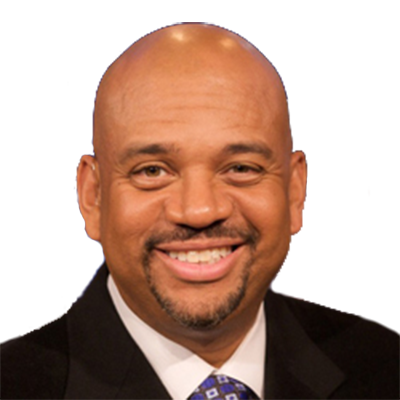 Michael Wilbon
Michael Wilbon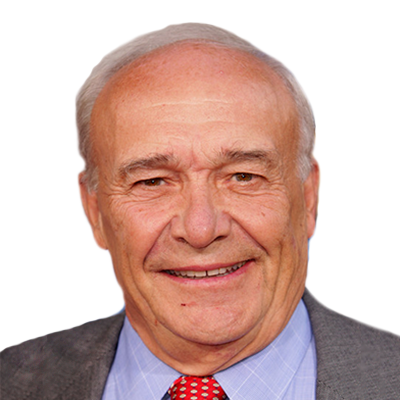 Bill Nack
Bill Nack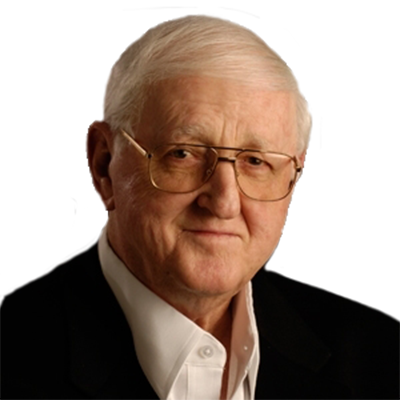 Dan Jenkins
Dan Jenkins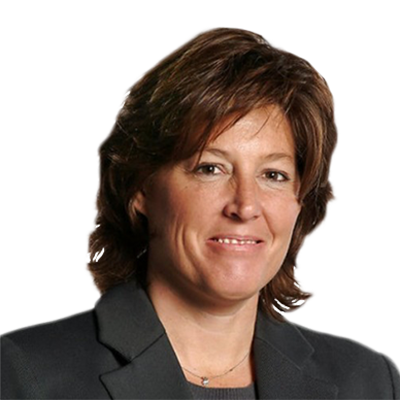 Sally Jenkins
Sally Jenkins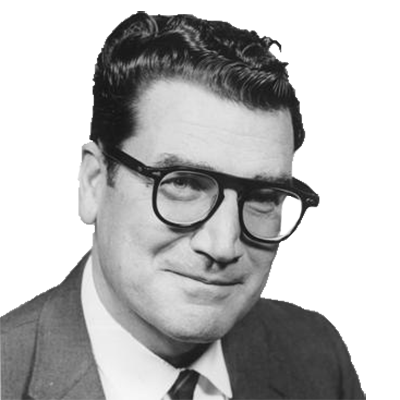 Jim Murray
Jim Murray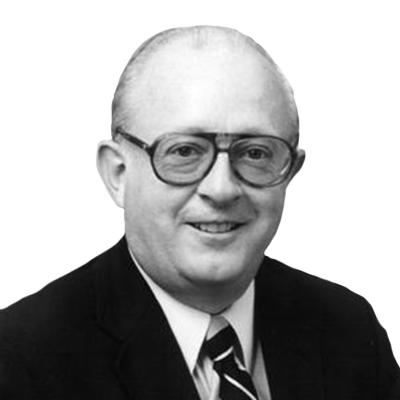 Dave Anderson
Dave Anderson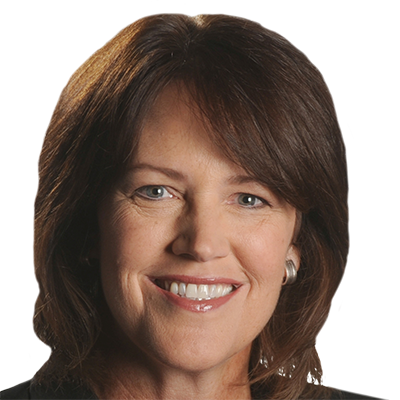 Christine Brennan
Christine Brennan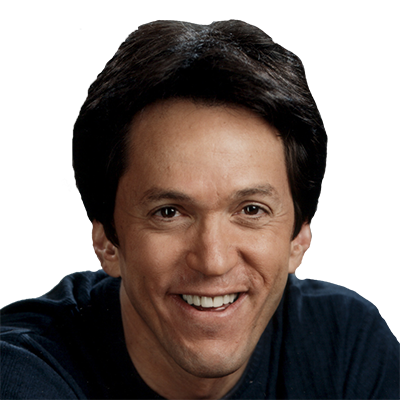 Mitch Albom
Mitch Albom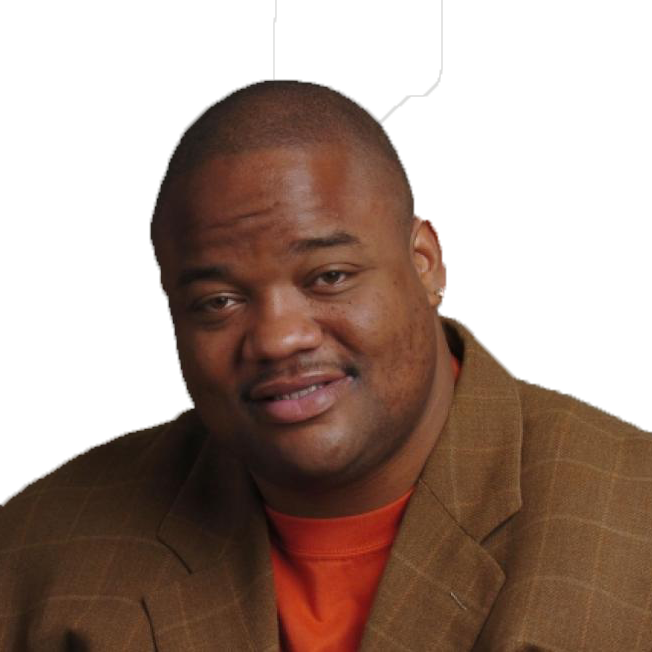 Jason Whitlock
Jason Whitlock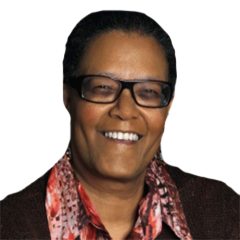 Claire Smith
Claire Smith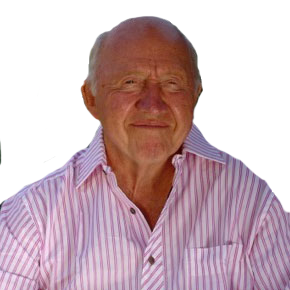 Bud Collins
Bud Collins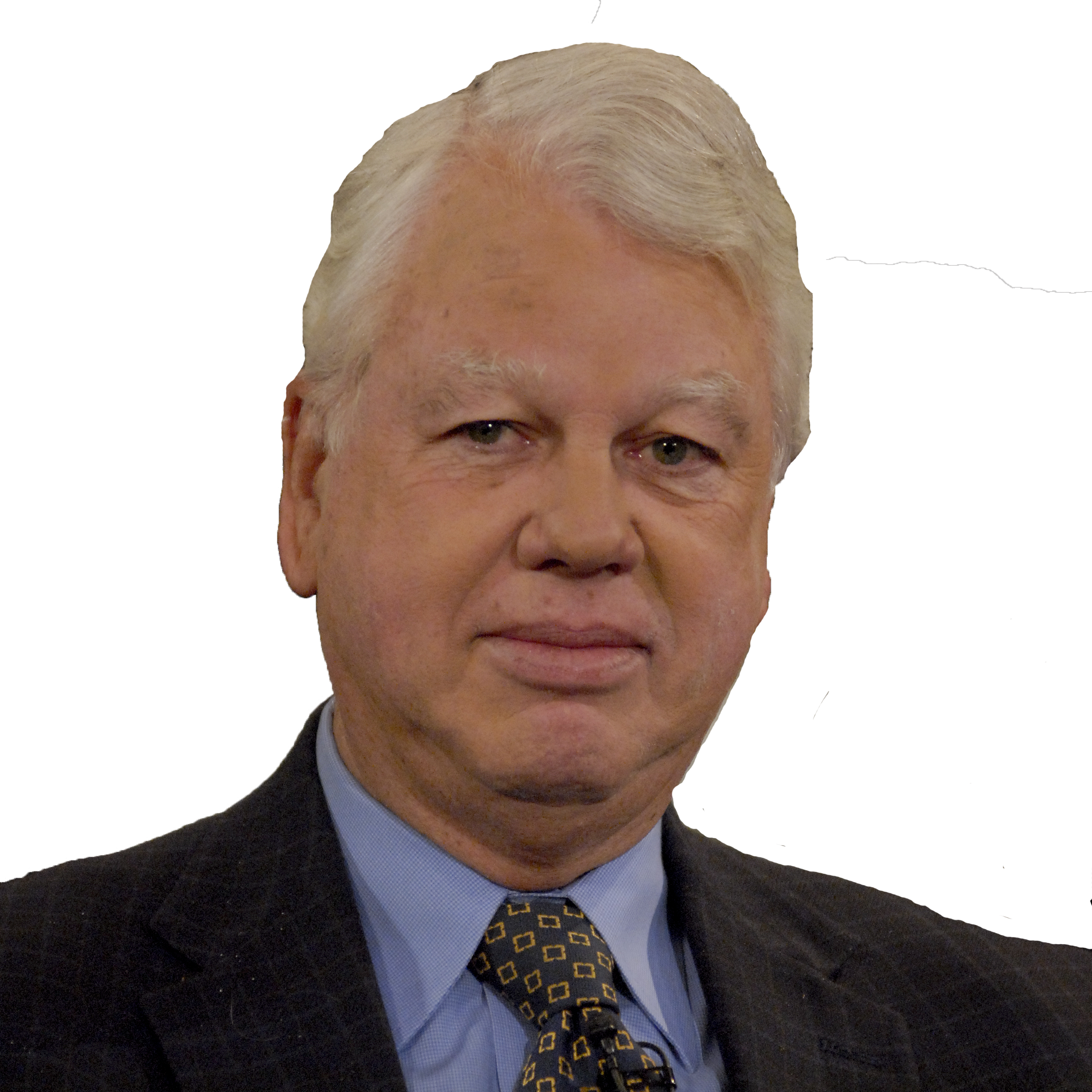 Bob Ryan
Bob Ryan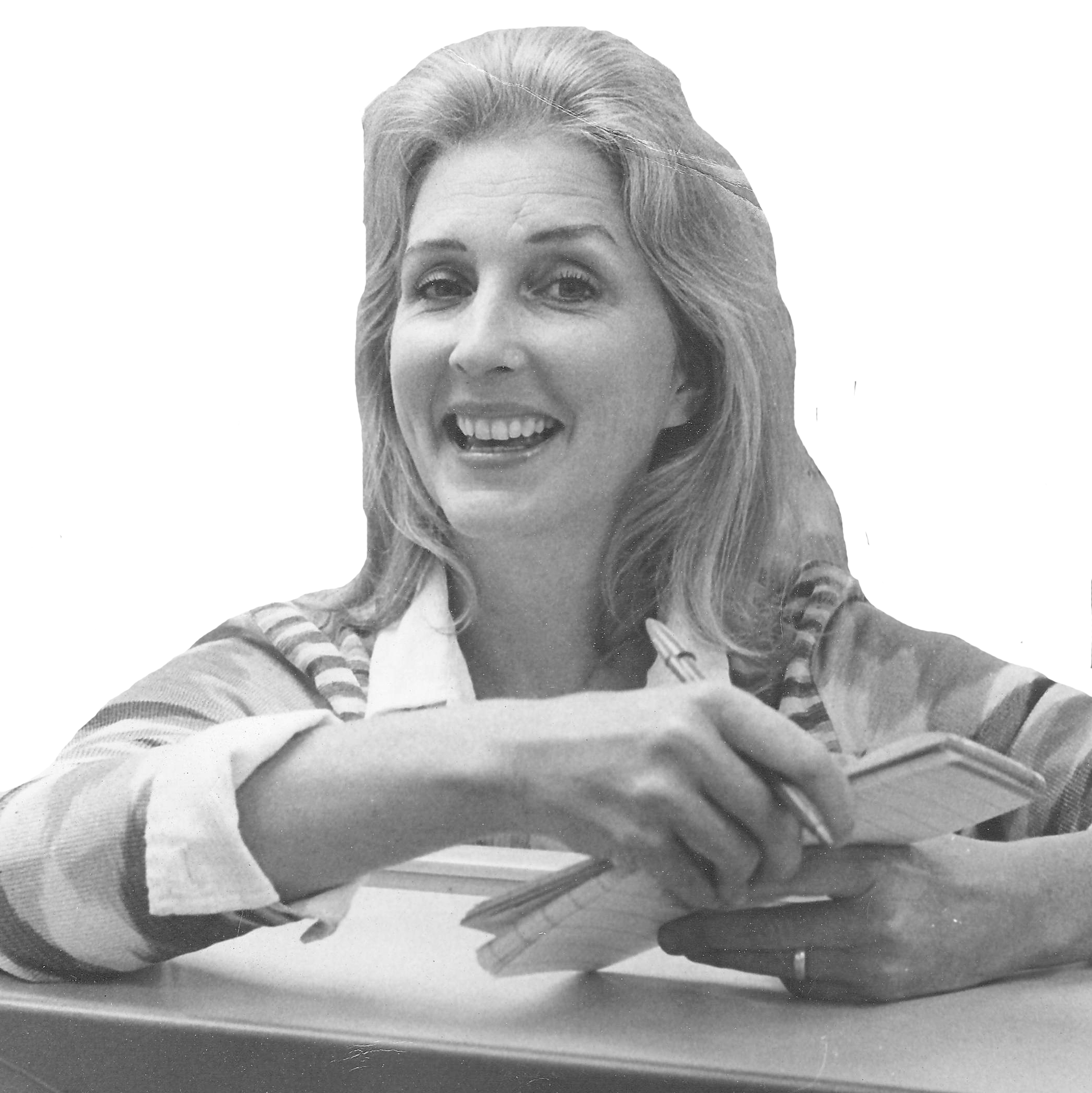 Joan Ryan
Joan Ryan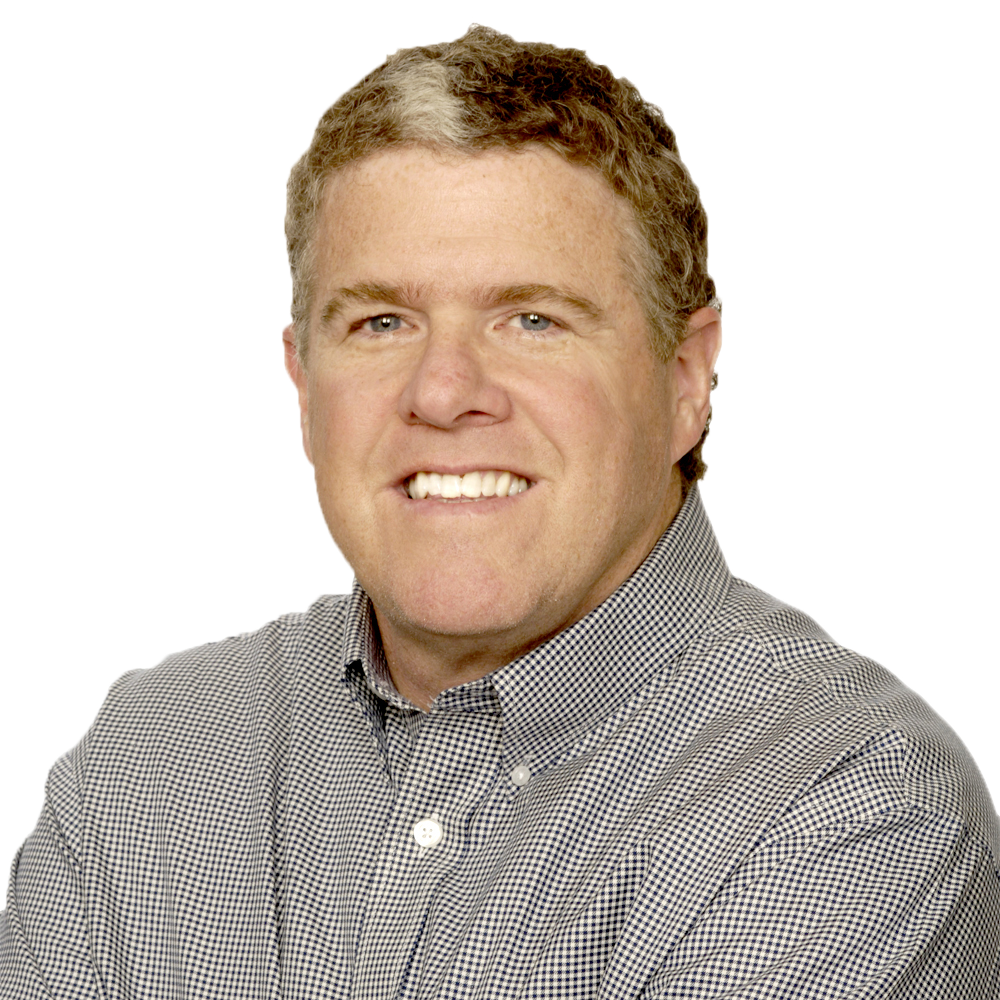 Peter King
Peter King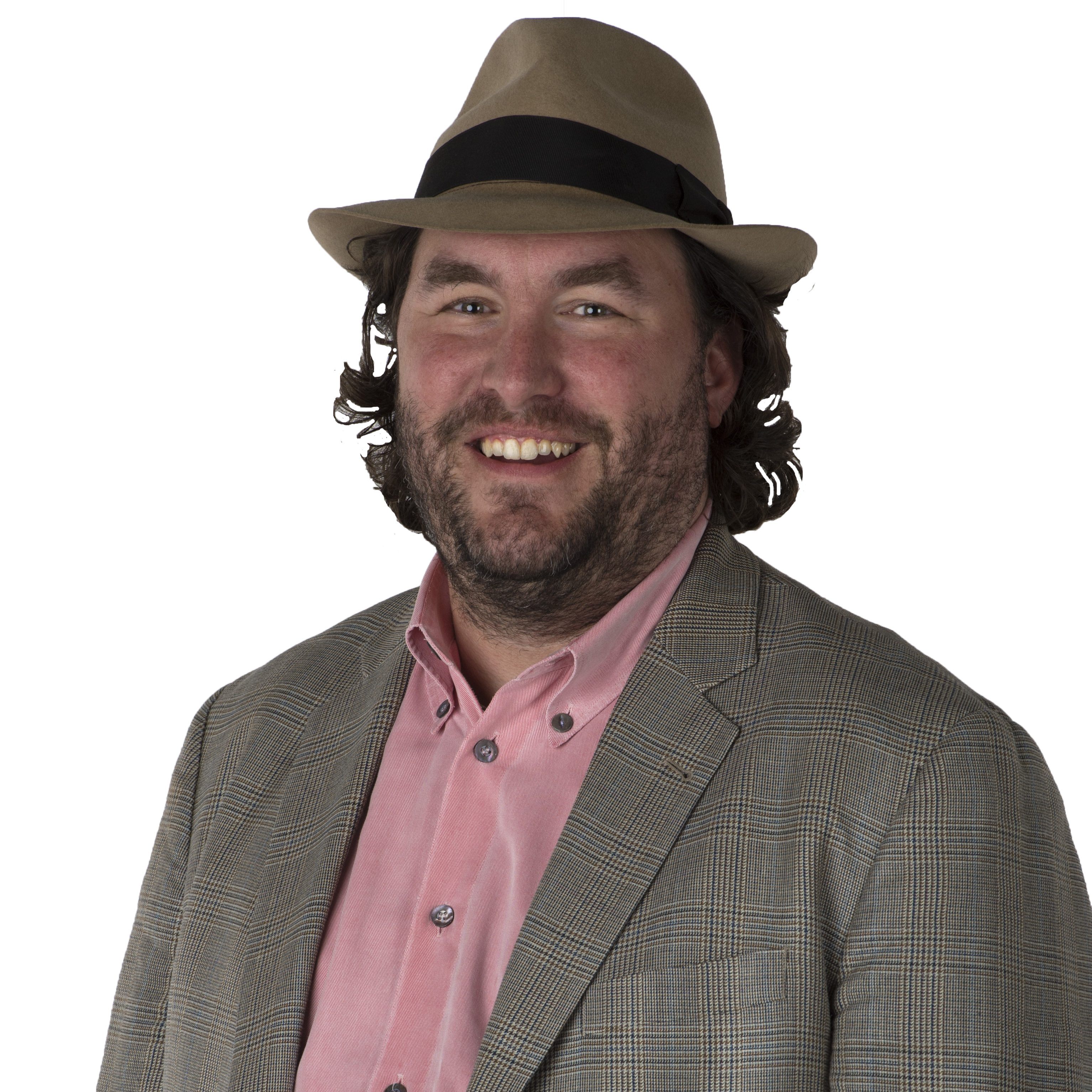 Wright Thompson
Wright Thompson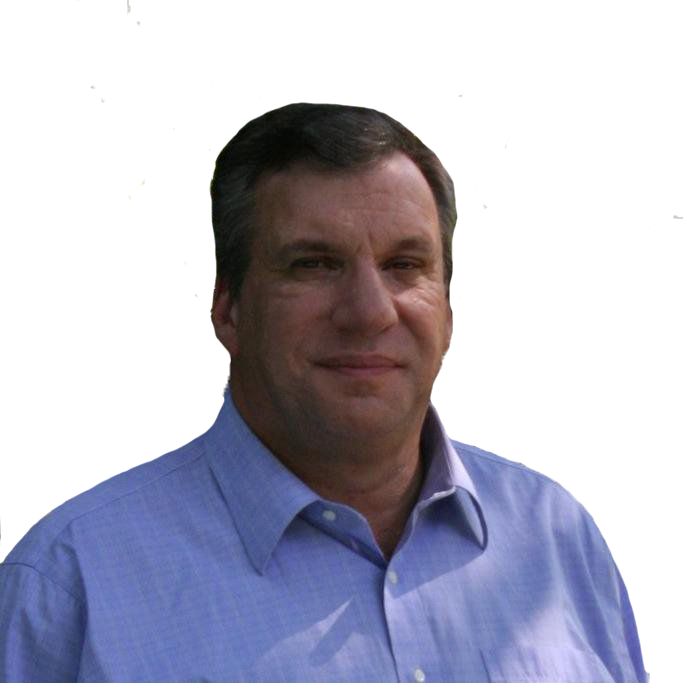 John Feinstein
John Feinstein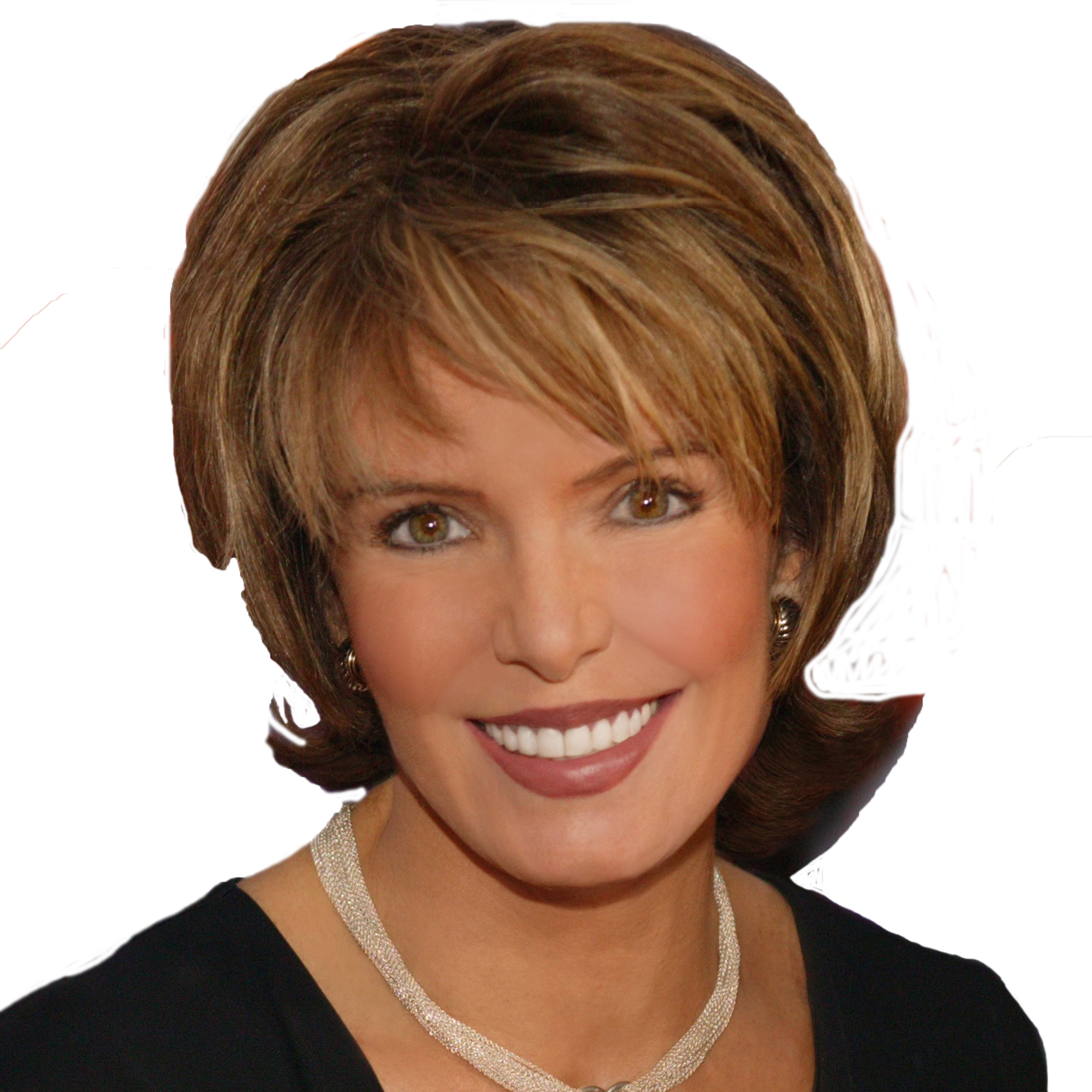 Lesley Visser
Lesley Visser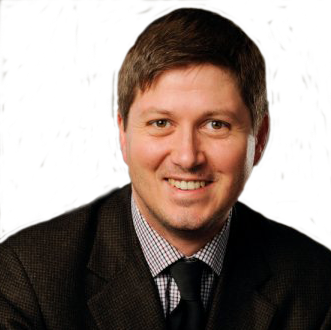 Will Leitch
Will Leitch Tim Kurkjian
Tim Kurkjian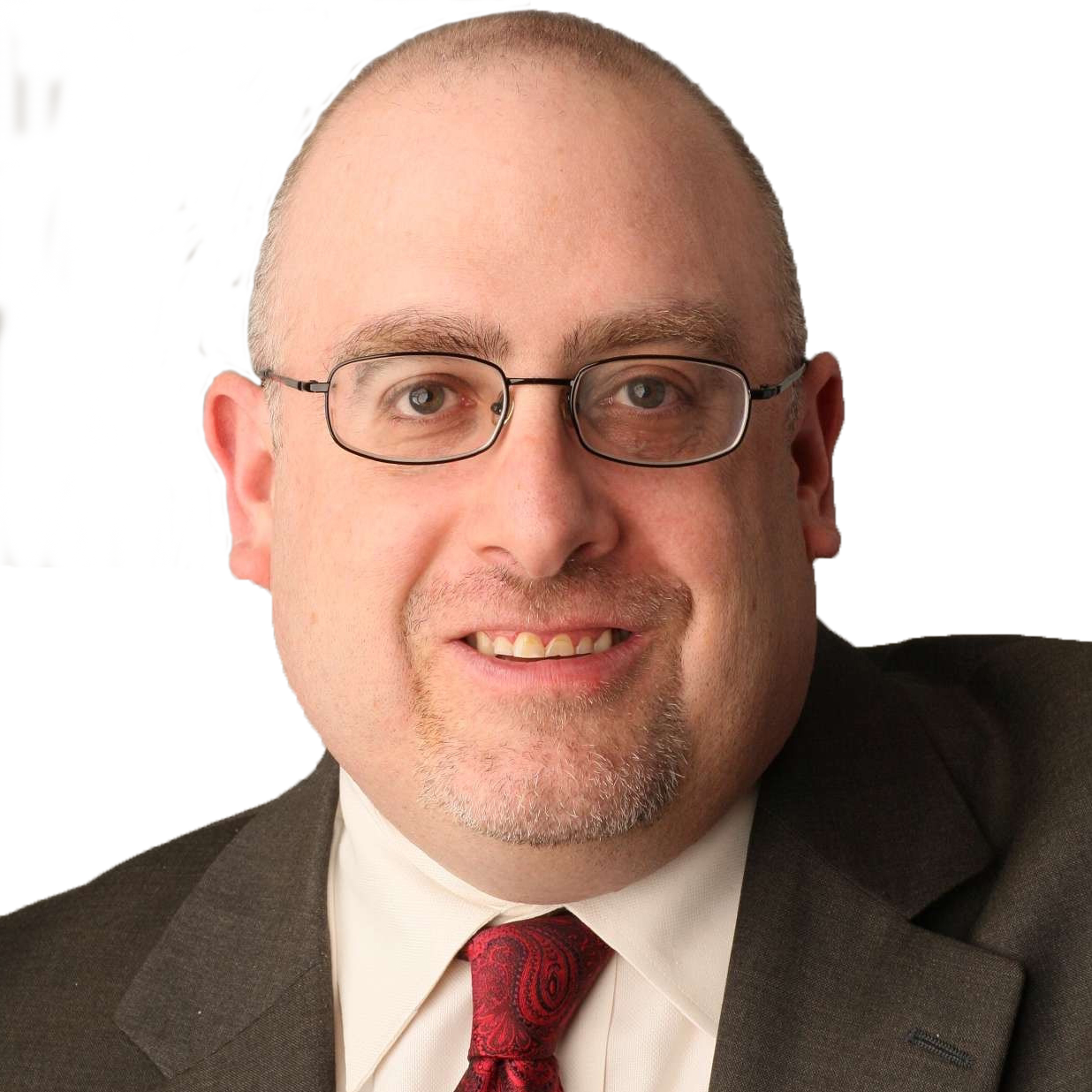 Joe Posnanski
Joe Posnanski
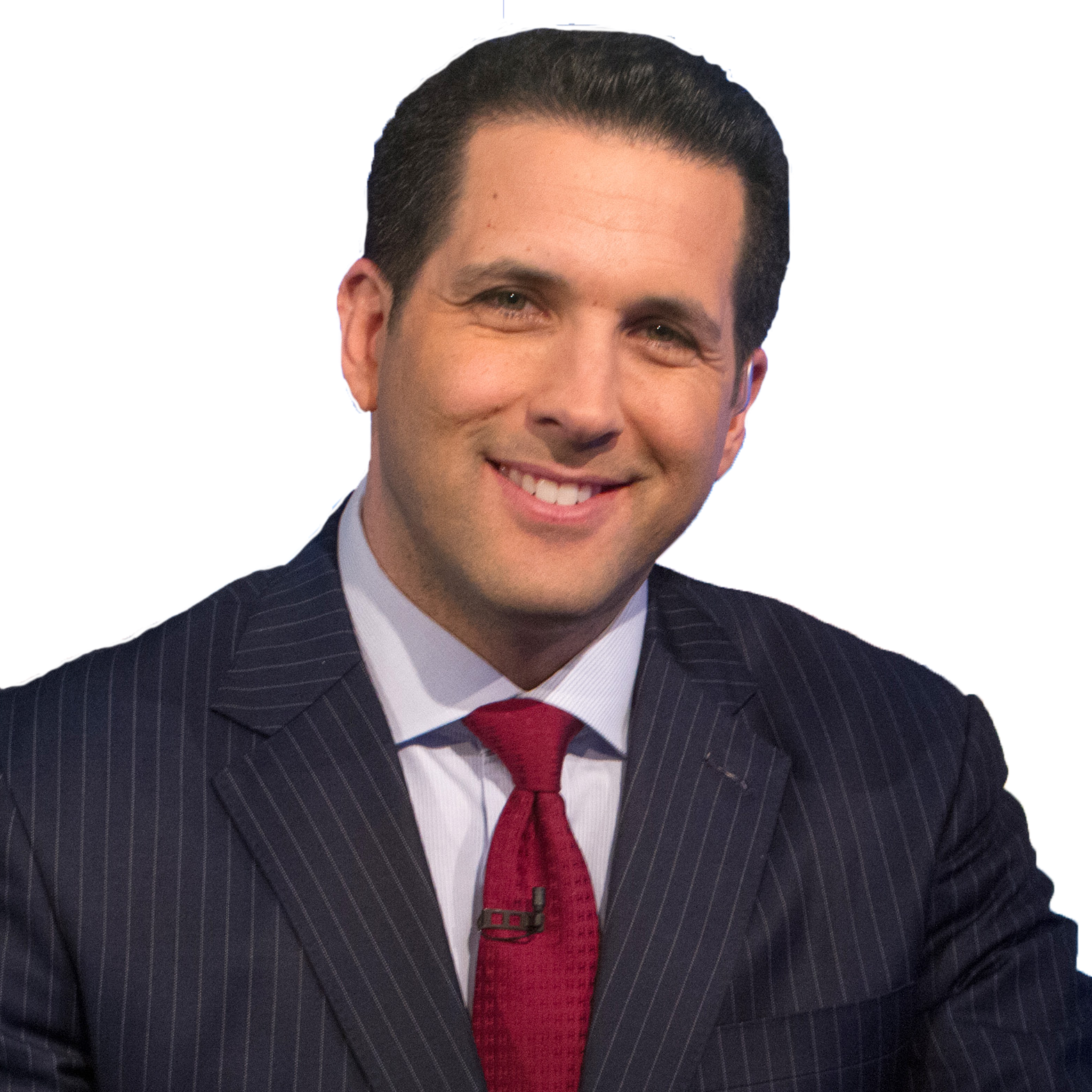 Adam Schefter
Adam Schefter
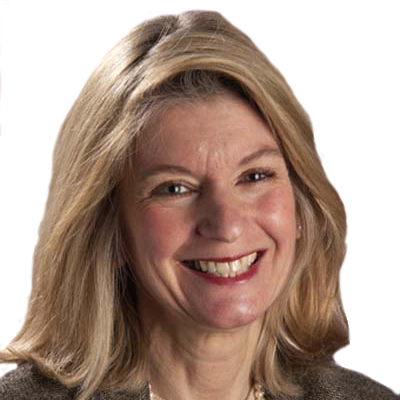 Terry Taylor
Terry Taylor
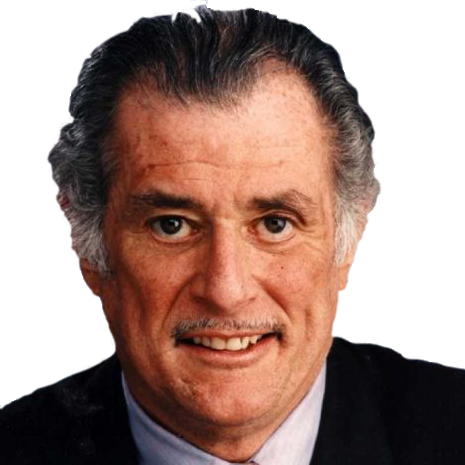 Frank Deford
Frank Deford
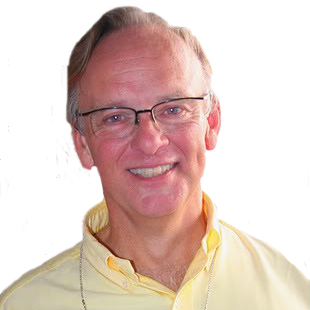 Tom Boswell
Tom Boswell
 Neil Leifer
Neil Leifer
 Sam Lacy
Sam Lacy
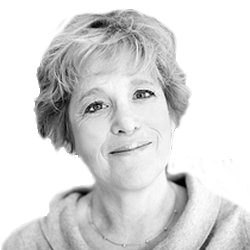 Jane Leavy
Jane Leavy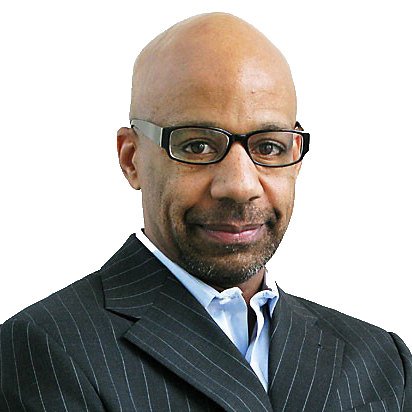 Kevin Blackistone
Kevin Blackistone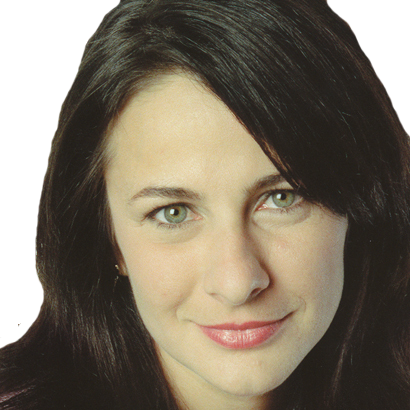 Juliet Macur
Juliet Macur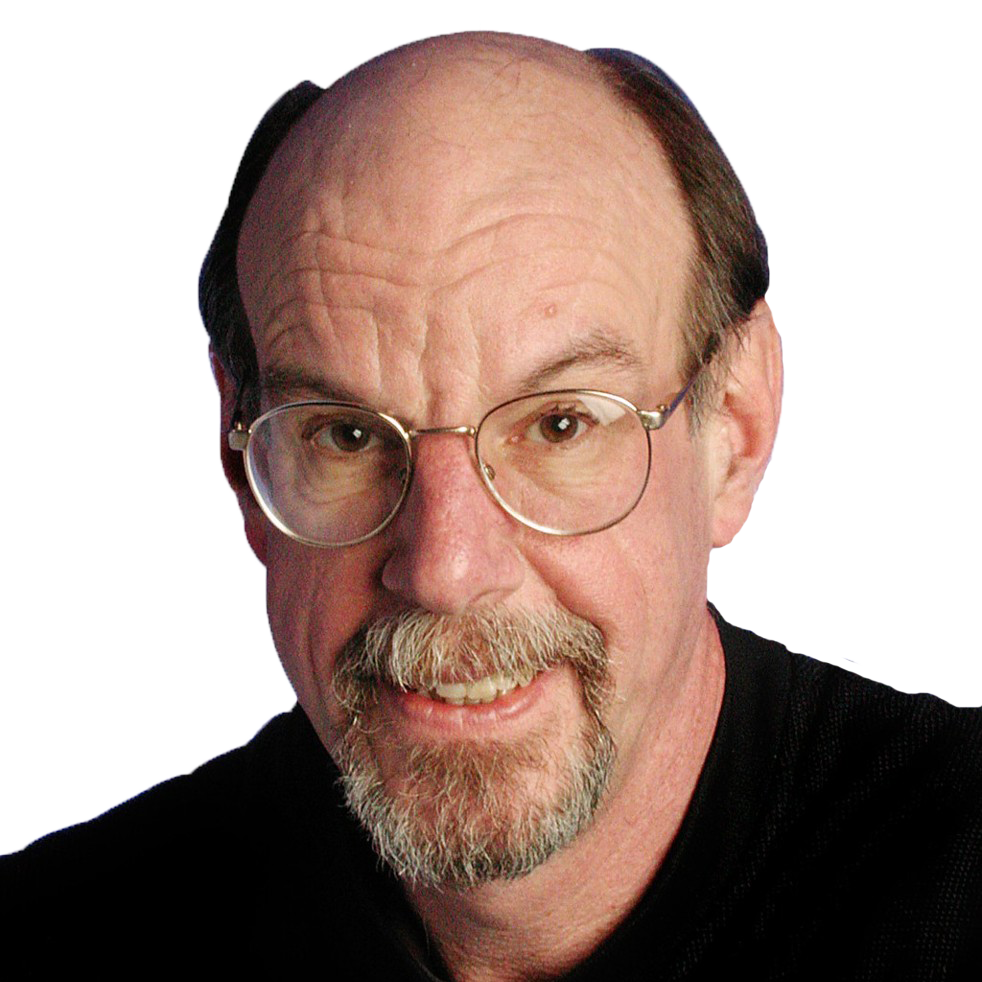 Andrew Beyer
Andrew Beyer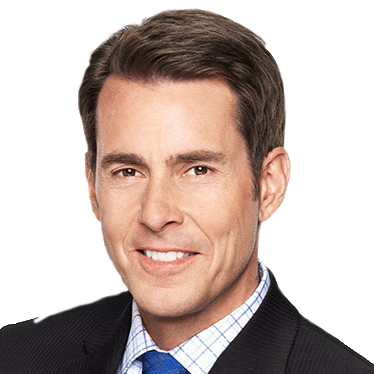 Tom Verducci
Tom Verducci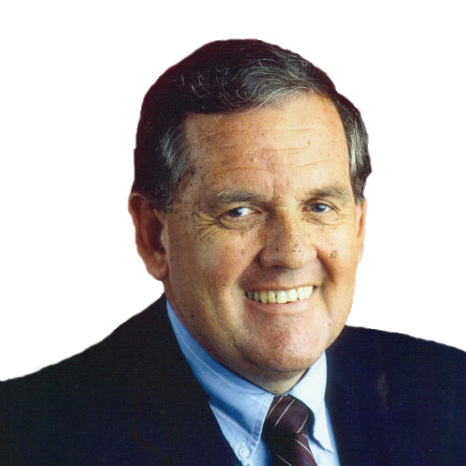 Hubert Mizell
Hubert Mizell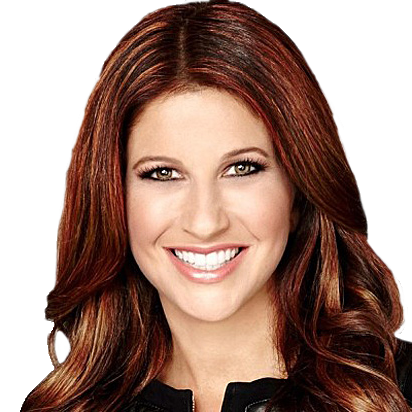 Rachel Nichols
Rachel Nichols Dave Kindred
Dave Kindred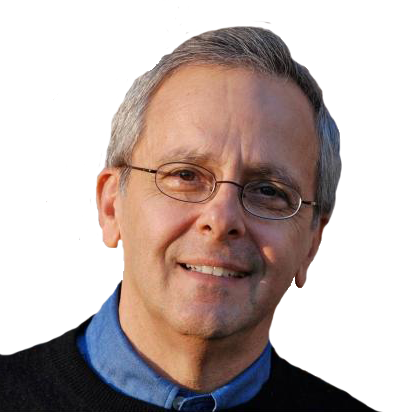 Mike Lupica
Mike Lupica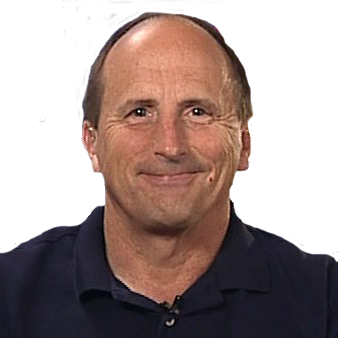 Richard Justice
Richard Justice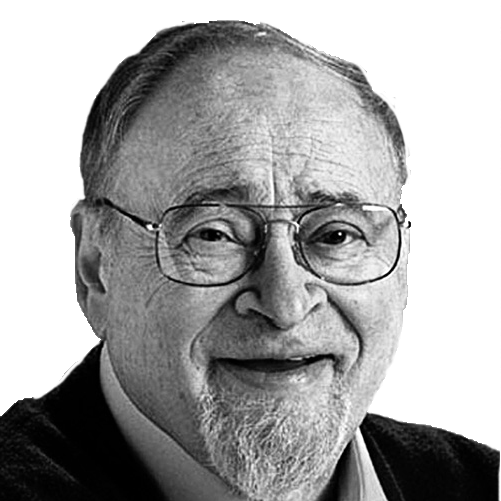 Jerry Izenberg
Jerry Izenberg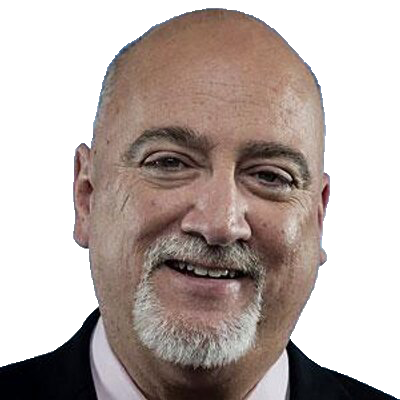 Bill Plaschke
Bill Plaschke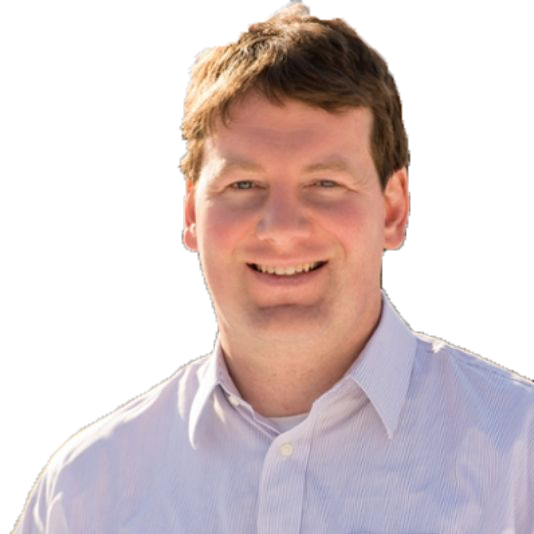 Kevin Van Valkenburg
Kevin Van Valkenburg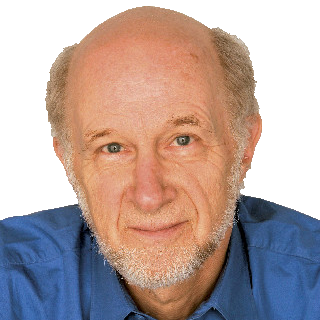 George Vecsey
George Vecsey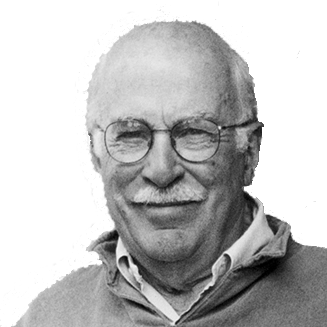 Roger Angell
Roger Angell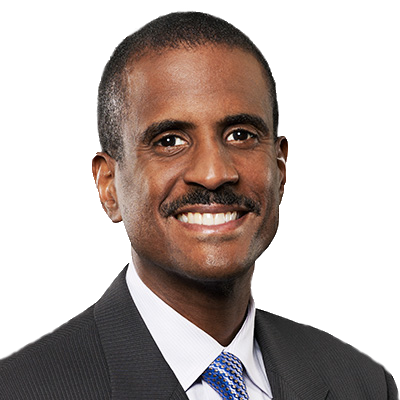 David Aldridge
David Aldridge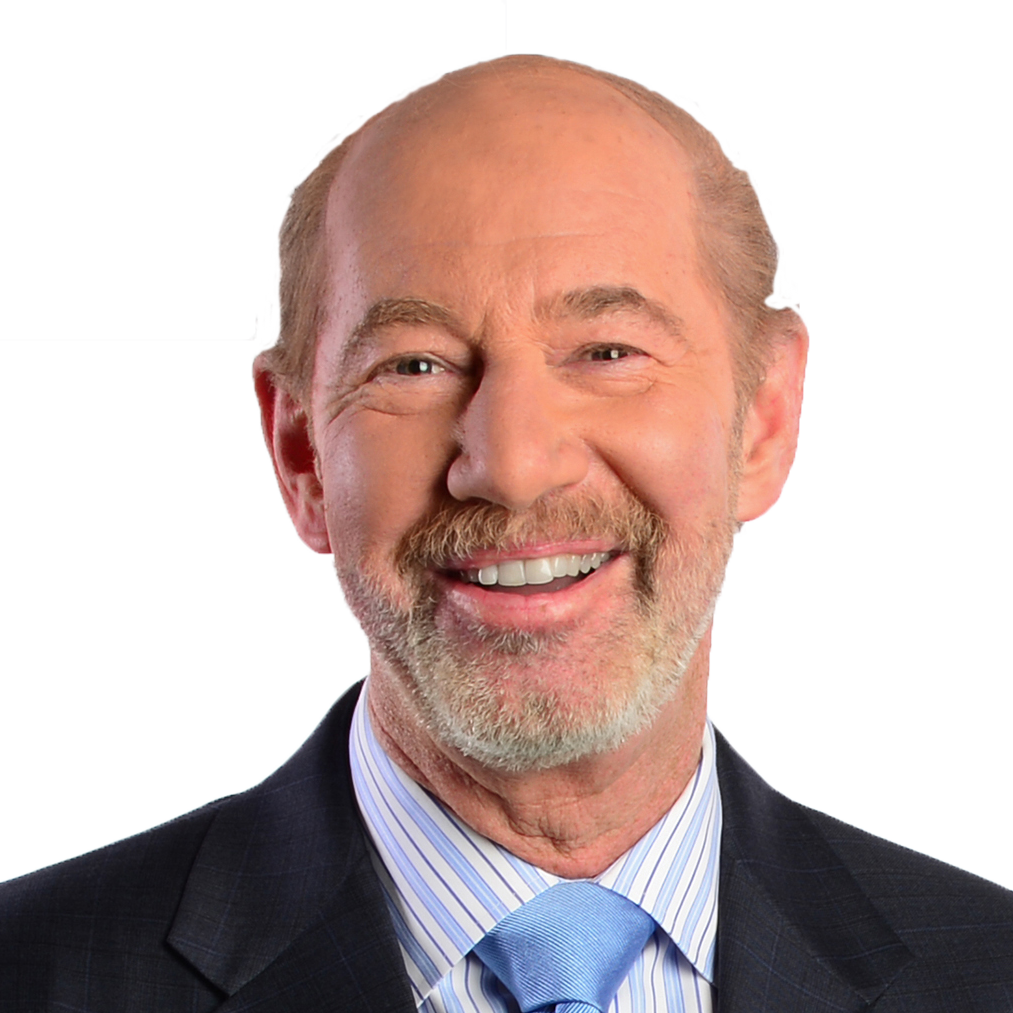 Tony Kornheiser
Tony Kornheiser Jackie MacMullan
Jackie MacMullan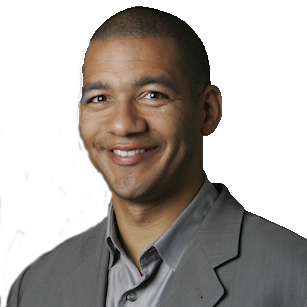 J.A. Adande
J.A. Adande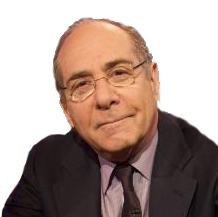 Robert Lipsyte
Robert Lipsyte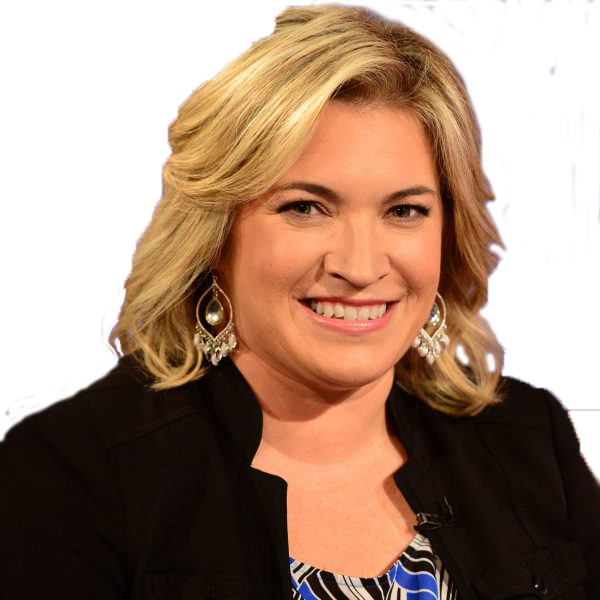 Ramona Shelburne
Ramona Shelburne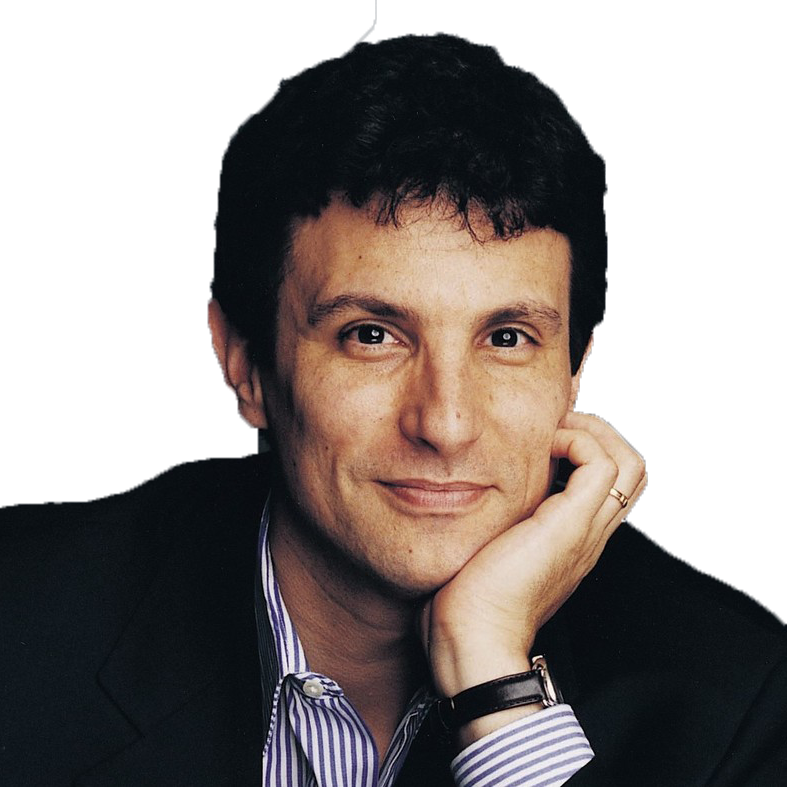 David Remnick
David Remnick Bryan Curtis
Bryan Curtis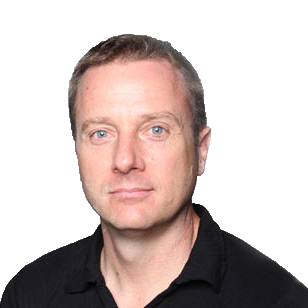 Chuck Culpepper
Chuck Culpepper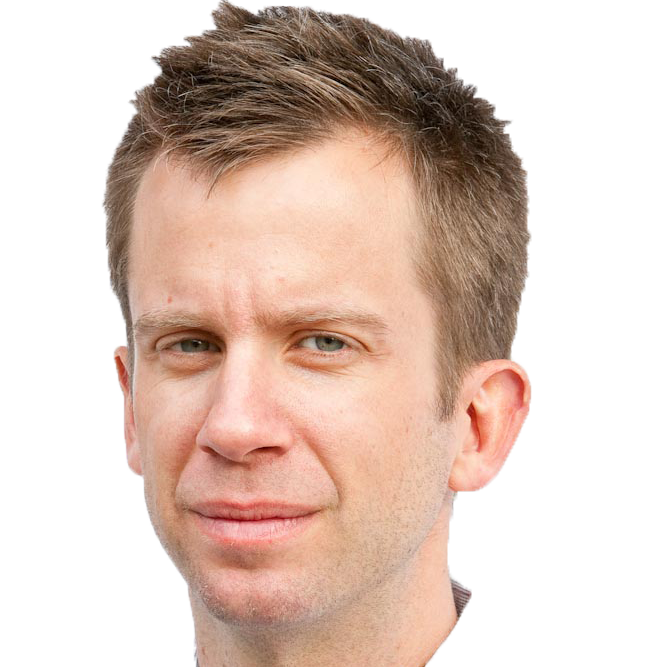 Jason Gay
Jason Gay Heidi Blake
Heidi Blake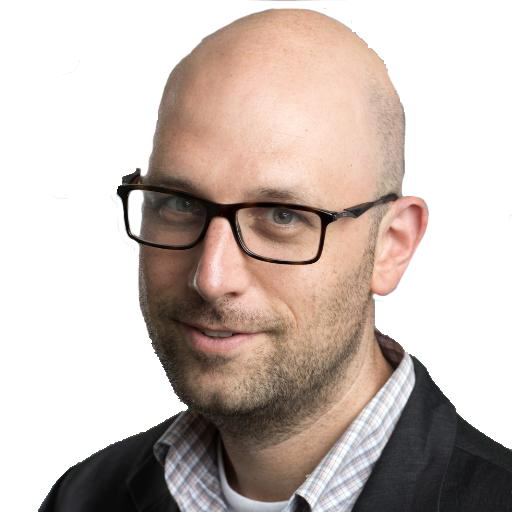 Dan Steinberg
Dan Steinberg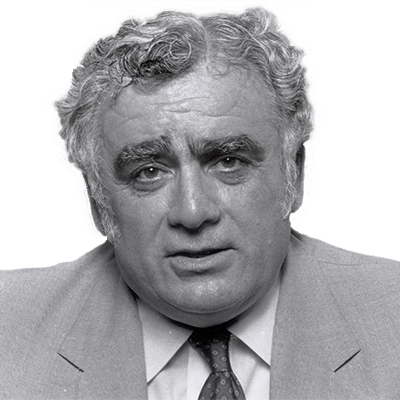 Jerome Holtzman
Jerome Holtzman Barry Svrluga
Barry Svrluga
